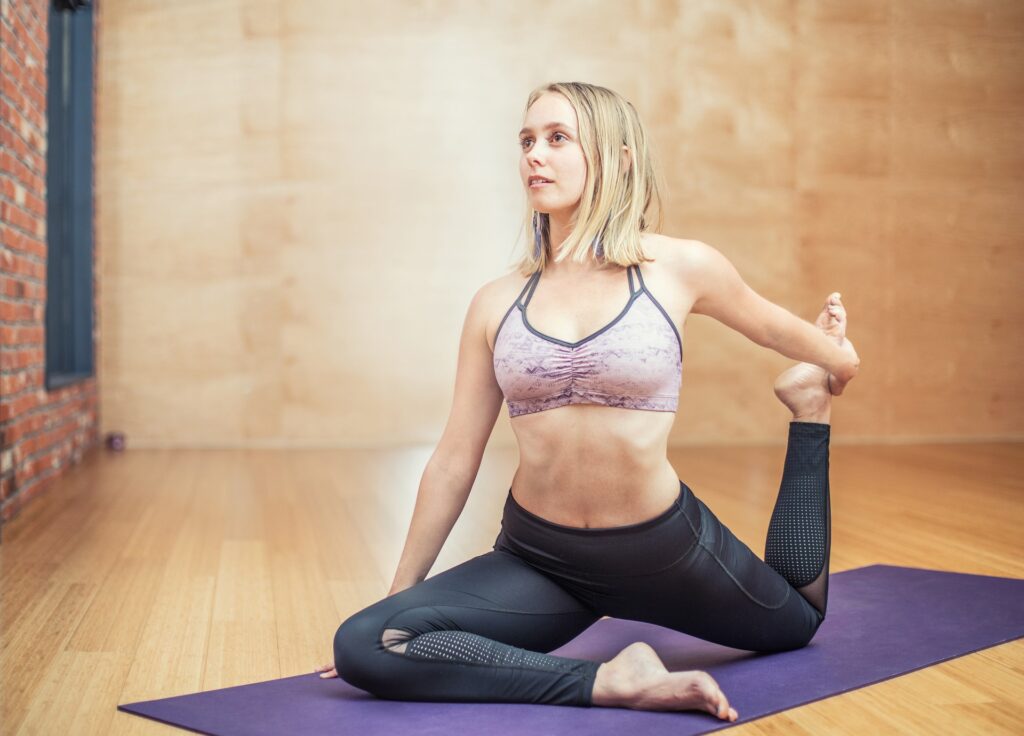As women, our bodies undergo a symphony of hormonal changes throughout the menstrual cycle. These fluctuations not only influence our energy levels and mood but also impact how we exercise and move. In this blog post, we’ll explore the interplay between hormones and exercise, helping you optimize your workouts at every phase of your menstrual cycle.
(Side Note: Not everyone notices these hormonal fluctuations accordingly, listen to your body and track it to know what best works for you)
Understanding Hormonal Cycles:

The menstrual cycle consists of four distinct phases: menstruation, the follicular phase, ovulation, and the luteal phase. Each phase is characterized by hormonal fluctuations, which can have profound effects on our physical and emotional well-being.
- Menstruation aka bleeding: During this phase, estrogen and progesterone levels are at their lowest, leading to fatigue and potentially reduced energy levels. While gentle exercise like yoga or walking can be beneficial for alleviating cramps and boosting mood, it’s essential to listen to your body and prioritize rest if needed.
- Follicular Phase (after your periods): As estrogen levels begin to rise, energy levels typically increase, making this an ideal time for more vigorous workouts. Take advantage of this surge in energy to challenge yourself with higher intensity exercises and build strength and endurance.
- Ovulation: Estrogen levels peak during ovulation, leading to continued high energy levels and enhanced exercise performance. This phase is perfect for pushing your limits and tackling more intense workouts with confidence.
- Luteal Phase (after Ovulation/before your periods): As estrogen levels drop and progesterone levels rise, you may experience fluctuations in energy and mood. While it’s still possible to maintain your exercise routine during this phase, you may find that your body responds better to lower intensity activities or activation banded/light weight exercises. Focus on activating your muscles as well as gentle movement, like stretching or light cardio, to support your body during this time.
Tracking Your Cycle:
One of the most powerful tools for optimizing exercise during your menstrual cycle is tracking your cycle. By keeping a record of your menstrual cycle and paying attention to how you feel during each phase, you can gain insights into your body’s rhythms and tailor your workouts accordingly. Everyone is different! I personally use Clue
Conclusion:
By understanding how hormones influence energy levels, mood, and exercise performance at each phase of the menstrual cycle, you can optimize your workouts to align with your body’s needs and maximize benefits. Whether you’re pushing your limits during ovulation or prioritizing rest during menstruation, tuning into your body’s signals and honoring its rhythms is key in mindful movement!
If you are unsure of what to do, book here with our Women’s Health Physios. Our individualised care and support will help you navigate the intricacies of women’s health with confidence.


